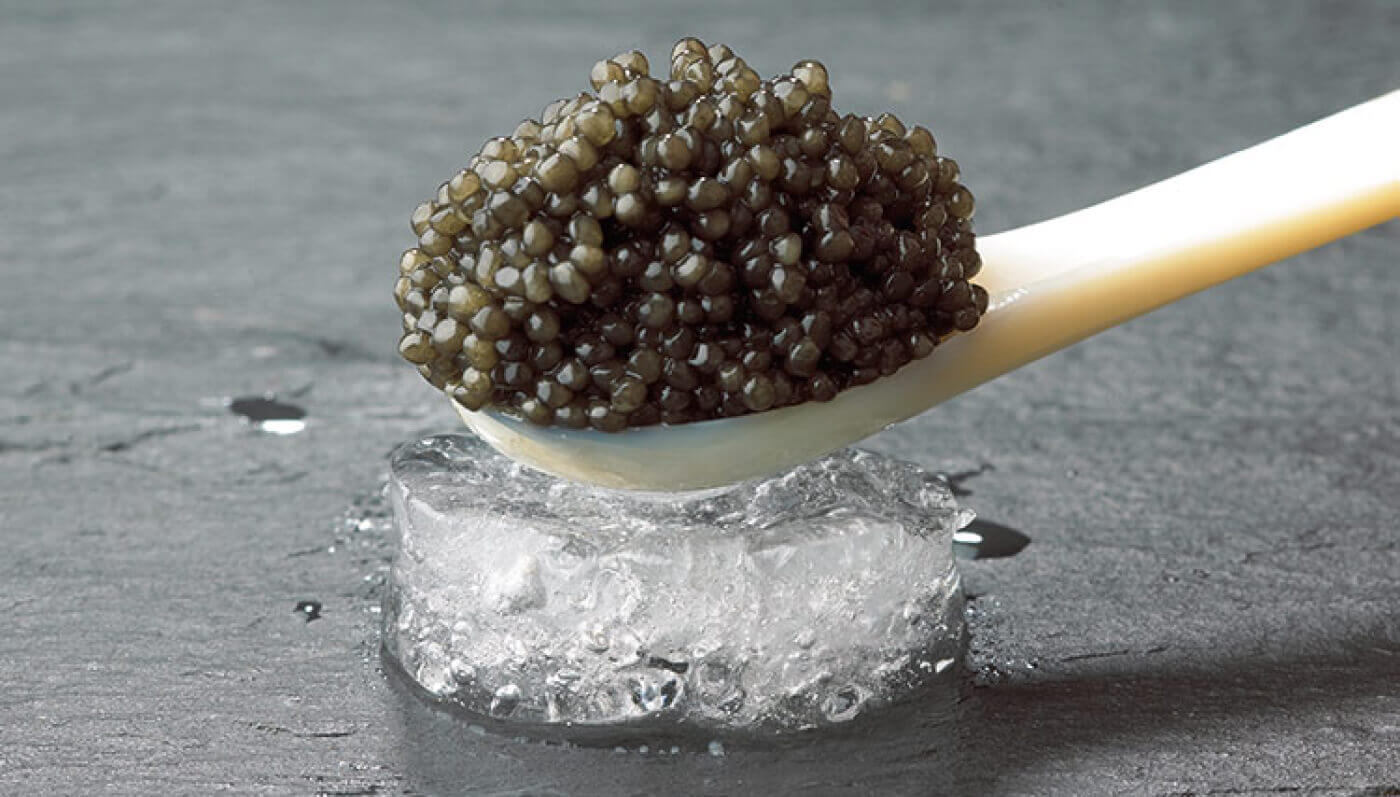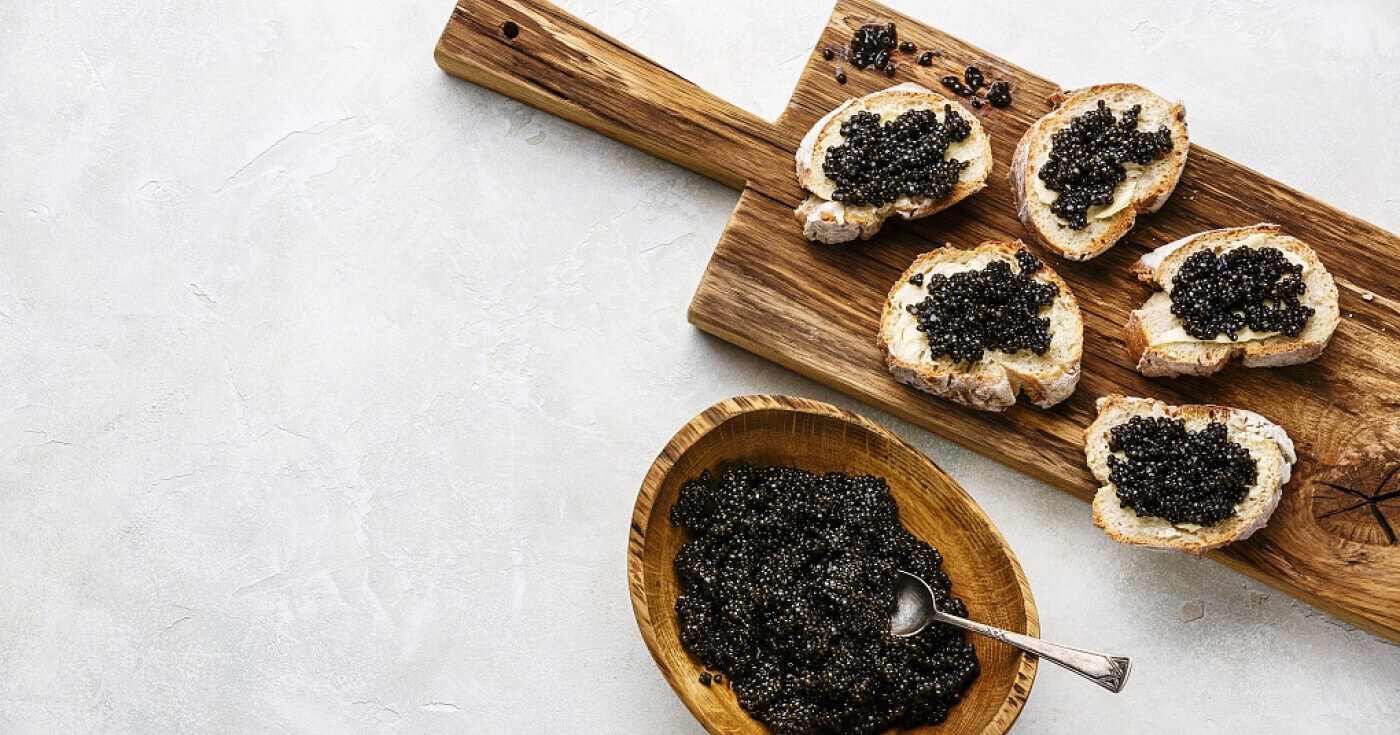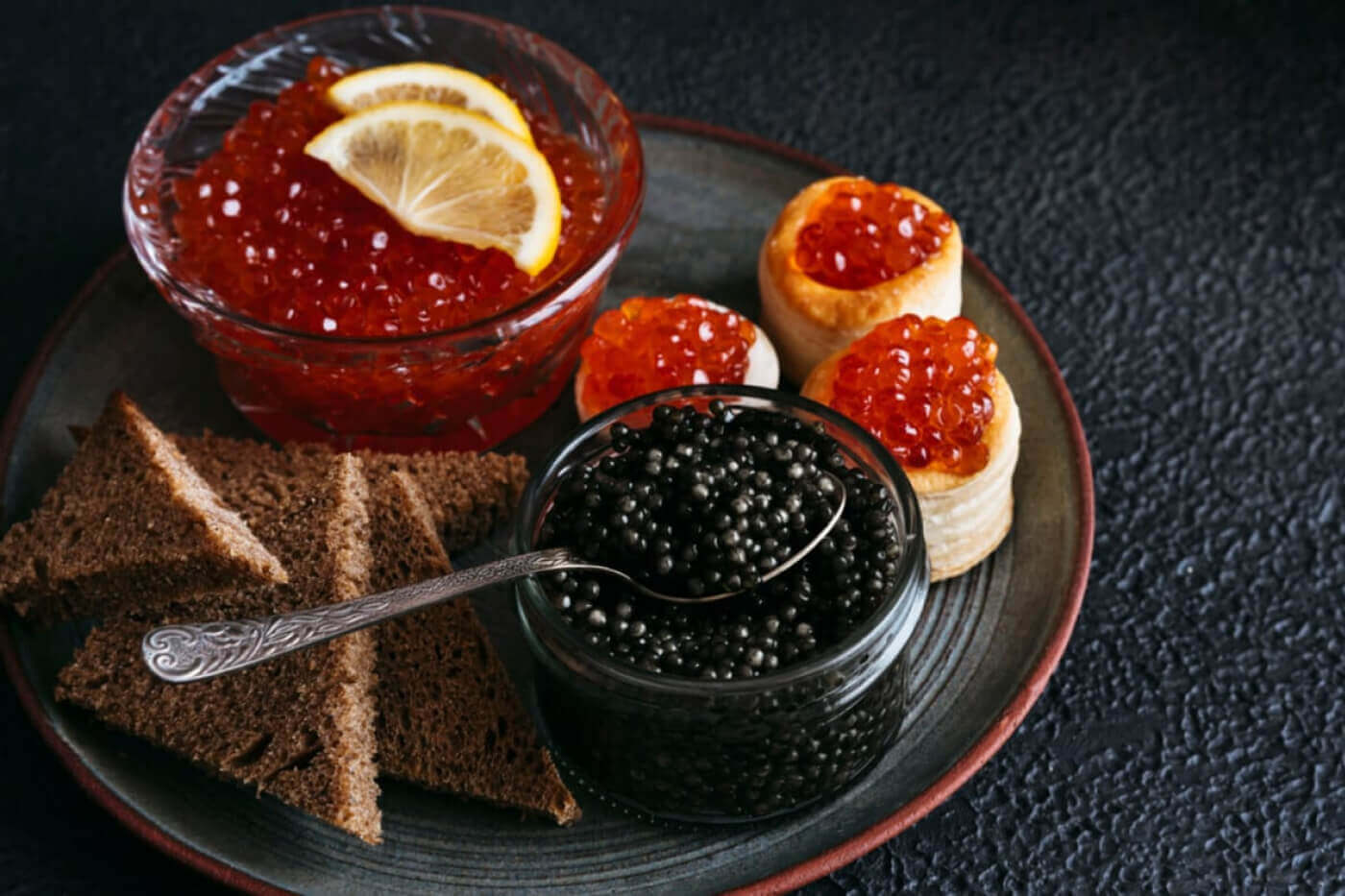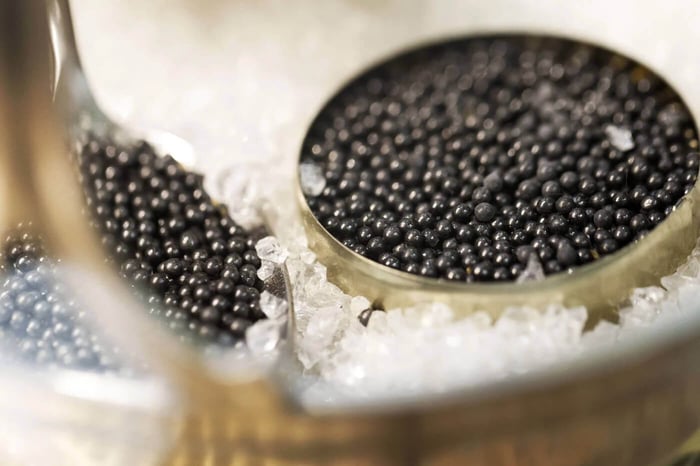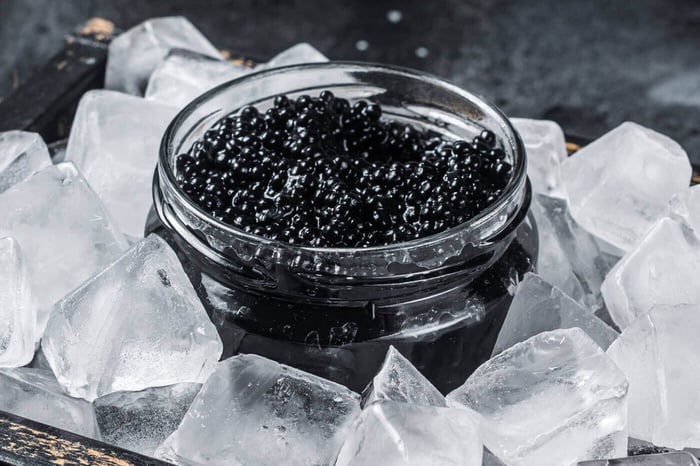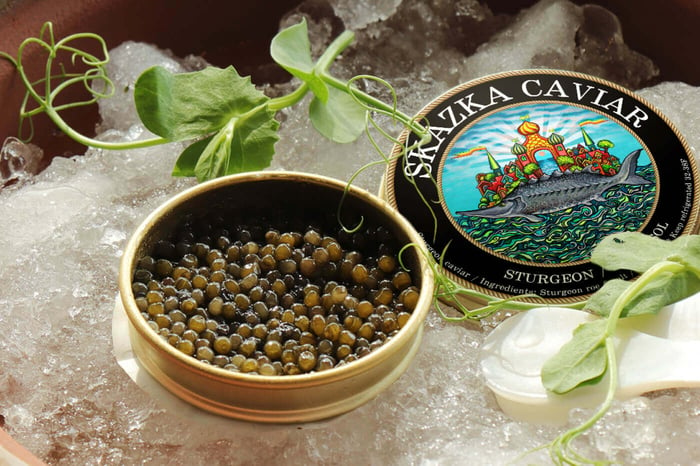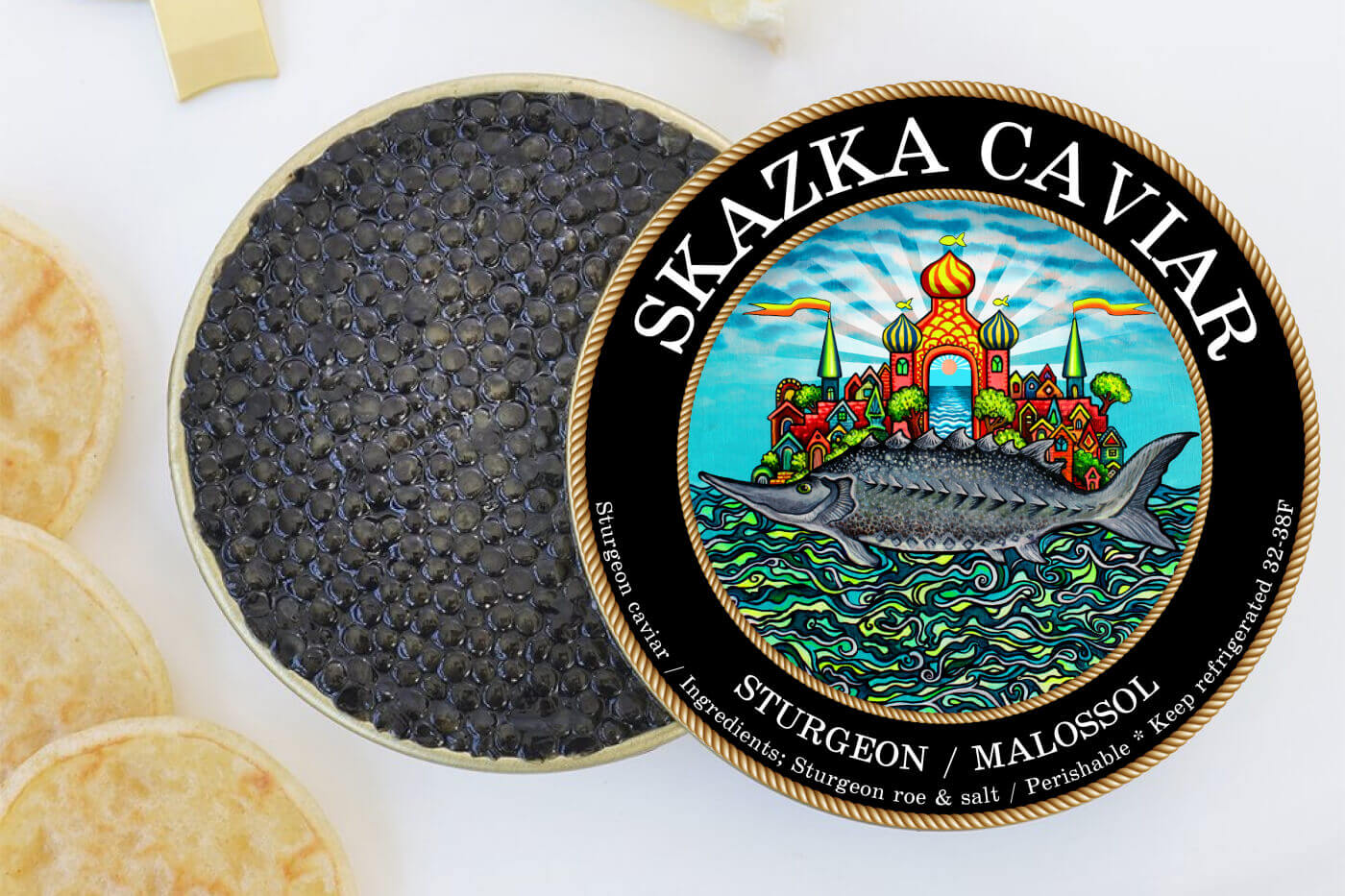
How is Caviar Made? Caviar, often synonymous with luxury and indulgence, has captivated palates for centuries with its delicate taste and exquisite texture. But where does caviar come from, and what goes into its production process? In this comprehensive guide, we delve into the origins of caviar and uncover the intricate methods involved in its creation.
Origins of Caviar
Caviar originates from the roe, or eggs, of sturgeon fish, which are primarily found in the Caspian and Black Seas. Sturgeon, considered ancient living fossils, have existed for millions of years and are revered for their prized roe, which is harvested to produce caviar. The Caspian Sea, particularly the regions of Russia, Iran, and Azerbaijan, has long been renowned for producing some of the finest caviar in the world.
Read: A Beginners Guide to Caviar
Sturgeon Species and Caviar Varieties
Various species of sturgeon contribute to the diverse array of caviar available on the market. The Beluga, Osetra, and Sevruga sturgeon species are among the most sought-after for their distinct flavor profiles and roe characteristics. Each species yields caviar with unique qualities, ranging from the creamy, buttery notes of Beluga caviar to the nutty, briny undertones of Osetra caviar.
Caviar Harvesting Process
Caviar harvesting is a meticulous process that requires precision and expertise to ensure the highest quality product. Traditionally, sturgeon were caught from the wild and their roe extracted manually. However, due to overfishing and environmental concerns, sustainable aquaculture practices have become increasingly prevalent in caviar production. Sturgeon are raised in controlled environments, where their eggs are gently harvested without harming the fish.
Read: How To Enjoy Caviar On The Budget
Caviar Production Methods
Once the sturgeon roe is harvested, it undergoes a series of meticulous processing steps to transform it into caviar. The roe is carefully cleaned to remove impurities and then lightly salted to enhance its flavor and preserve freshness. Depending on the desired texture and flavor profile, caviar may be processed using traditional or modern techniques. Traditional methods involve salting the roe by hand and aging it to develop complex flavors, while modern methods utilize technology to streamline the process.
Quality Grading and Certification
The quality of caviar is assessed based on factors such as color, size, texture, and flavor. Caviar is graded according to its appearance and taste, with higher grades denoting superior quality. Additionally, reputable caviar producers adhere to strict quality control standards and may obtain certifications to guarantee the authenticity and sustainability of their products. Look for certifications such as CITES (Convention on International Trade in Endangered Species) to ensure that your caviar meets ethical and environmental standards.
Sustainability and Conservation Efforts
As the demand for caviar continues to rise, concerns regarding sturgeon conservation and sustainability have come to the forefront. Overfishing, habitat degradation, and illegal poaching pose significant threats to sturgeon populations and their natural habitats. To address these challenges, responsible caviar producers are implementing sustainable aquaculture practices and conservation initiatives aimed at protecting sturgeon species for future generations to enjoy.
Conclusion
How is Caviar Made? Caviar, revered for its unparalleled taste and elegance, is a delicacy steeped in tradition and craftsmanship. From the pristine waters of the Caspian Sea to sustainable aquaculture facilities around the world, the journey of caviar from harvest to table is a testament to human ingenuity and dedication to preserving culinary heritage. By understanding the origins of caviar and the intricate processes involved in its production, we gain a deeper appreciation for this timeless delicacy and the remarkable sturgeon species that produce it.
About the Author
 Igor Fishbeyn - Caviar Purveyor
Igor Fishbeyn - Caviar Purveyor
Igor Fishbeyn is purveyor of fine sturgeon caviar and creator of the Skazka Caviar brand. He is an expert with decades of experience specializing in importing, wholesaling, and retailing the finest quality caviar in the world. Igor frequently writes about caviar news and various topics about the caviar industry. He lives in San Francisco with his wife and daughter.
Shop Skazka Caviar
Browse Our Exclusive Caviar Collection
“River Beluga” Kaluga Sturgeon Caviar
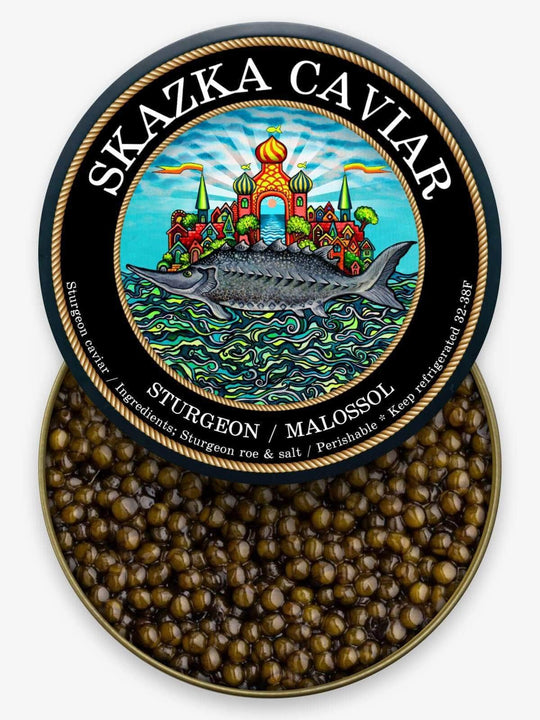
$295
$395
This large, robust caviar is a favorite of connoisseurs. Its firmness provides a satisfying texture that will keep you coming back for seconds and even thirds. Its luxurious chocolate brown color is perfectly evocative of its rich taste. Hints of… read more
“Oprah’s Favorite” Russian Osetra Caviar
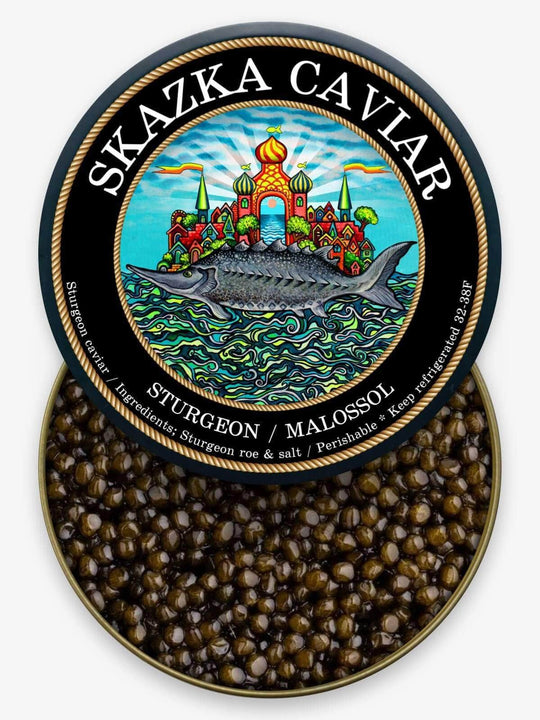
$295
$335
This medium-sized caviar is sure to be the star of any party or function you may throw. Its deep chocolate brown color is indicative of its rich and buttery flavor. Amber Osetra caviar has one of the cleanest tastes of any… read more
"Russian Czar" Beluga Sturgeon Caviar
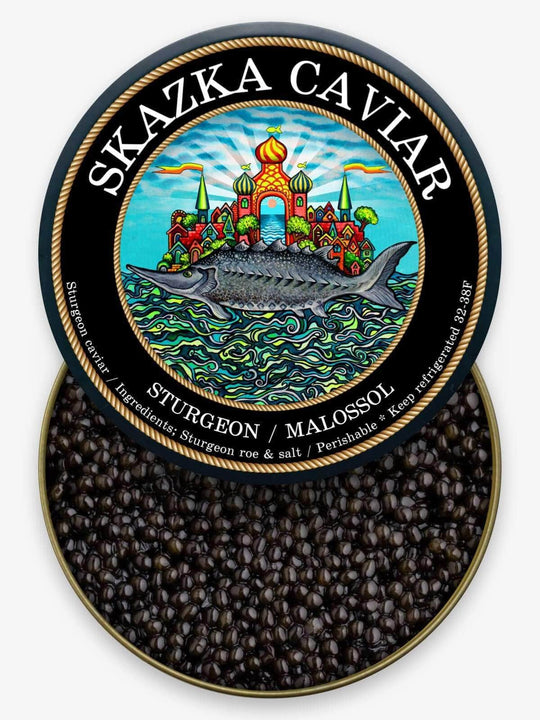
$495
$599
With an incomparable richness, “Russian Czar” Beluga Sturgeon Caviar is a knockout when it comes to fine caviar. Traditionally harvested in Russia, this caviar holds a tradition of greatness throughout history. With buttery notes that linger on the taste buds,… read more
“Tsar Reserve” Golden Osetra Caviar
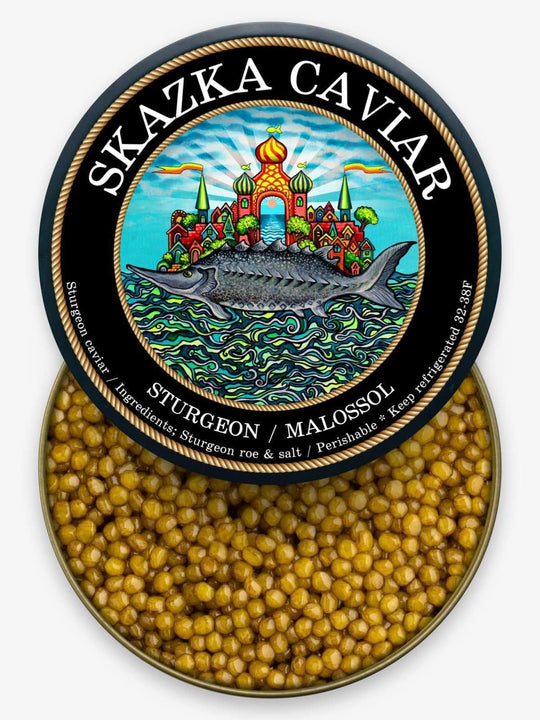
$395
Anyone with a taste for fine caviar will love “Royal Reserve” Golden Osetra Caviar. Its beautiful deep amber color is the first sign you’ll have that you’re in for something special, and once it hits your tongue you’ll know just… read more
Shop Caviar By Type
Shop Black Caviar | Shop Red Caviar | Shop Caviar Accessories
Shop Beluga Caviar | Shop Kaluga Caviar | Shop White Sturgeon Caviar
Shop Osetra Caviar | Shop Salmon Roe | Shop Albino Sturgeon Caviar

